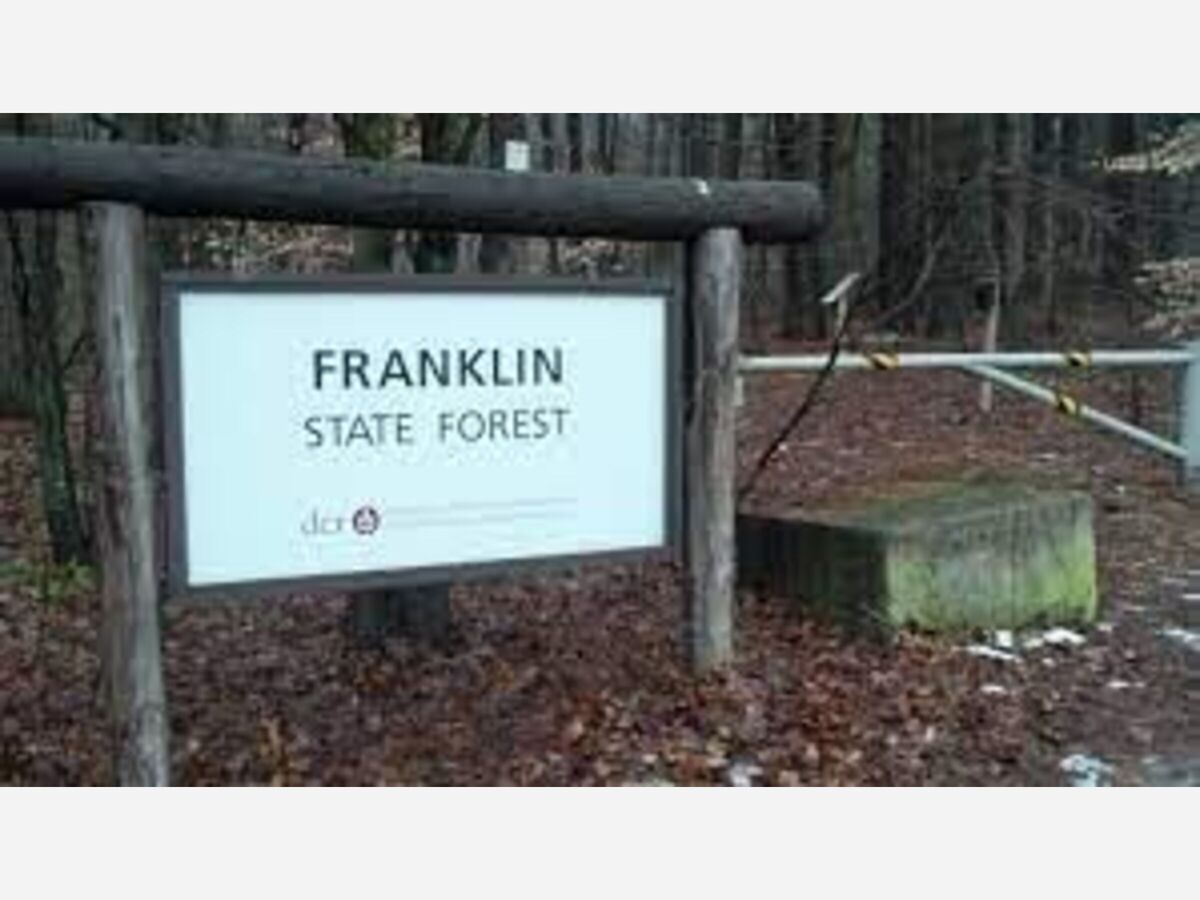Image

Late last week, the Baker Administration announced a long ‘laundry list’ of projects small and large across the vast catalog of properties managed by the Department of Conservation and Recreation (DCR).
In years past, the supervisor for the Franklin State Forest, which is administered jointly with the 1000-acre F. Gilbert Hills State Forest in Foxboro and the 1000-acre Wrentham State Forest has admitted, privately at least, that projects in 843-acre Franklin State Forest, usually got lower priority. In part that may be a reflection of the distance from the administrative office in Foxboro, but another factor was surely the active “friends” group in Foxboro which helped to hector DCR employees into tackling projects they deemed important.
However, the picture has improved markedly in recent years. State Representative Jeff Roy noted, “over the past few years, DCR has been paying a lot of attention to our forest and trails.”
For example, Roy pointed to the FY20 budget which contained a line item 2810-0122 stating “not less than $100,000 shall be expended for the construction of a parking lot at the Franklin State Forest.” That parking lot was constructed early in 2020, Roy noted.
“We also received $1.7 million in funding to build the SNETT tunnel which was completed in October 2020. Most recently, they [DCR] responded quickly to our request for repairs involving an odor near the tunnel. A major drainage project was completed in early July 2021 to fix the problem in response to a request from my office,” Roy explained.
The Baker administration grant to the F. Gilbert Hills/Wrentham/Franklin forests is for off-highway-vehicle (OHV) Trail Repair and Improvements. The particular project builds off previous trail repair work aimed to protect wetland and soil resources, repair poor trail conditions, and “enhance user experience for all visitors.” The administration announcement noted that years of repeated motorized use with a lack of substantial trail repair have resulted in a trail which is up to fifteen feet wide in various locations. Fall line trails with poor drainage potential have left some areas eroded to almost two feet below the original trail surface.
Conditions addressed as part of the project include “braided hill climbs,” mud pits with standing water, and needed trail relocation. The grant totals $25,000.
Looking ahead, Roy noted that he is looking toward further improvements to the SNETT trail and an expansion of the trail to Union Street. “So, I am excited about all the work being done,” he said.
Roy, who is also Chair of Telecommunications, Utilities & Energy (which oversees the Executive Office of Energy and Environmental Affairs, the agency that includes the Department of Conservation and Recreation) said Franklin has also been helped by being partially represented by the Senate President Karen Spilka, [part of the town is represented by Senator Becca Rausch]. “I think it is safe to say that our community would not be a low priority,” he added.